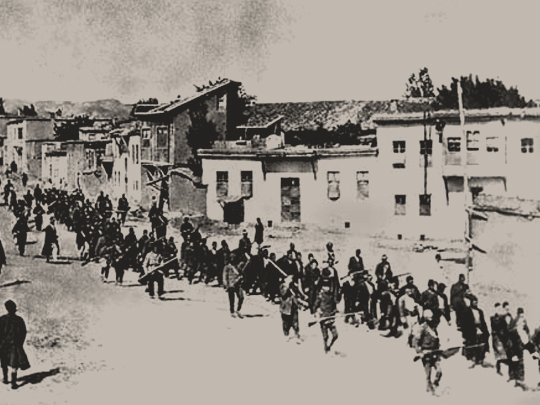Wikimedia Commons / CC-BY-SA-3.0 / GFDL
1 – Armenian Genocide
This was the Ottoman government’s systematic extermination of about 1.5 million of its minority Armenian inhabitants inside their historic homeland, which lies within the present-day Republic of Turkey.
The starting date is conventionally thought to be 24 April 1915, when Ottoman authorities rounded up, arrested, and deported up-to 270 Armenian intellectuals and community leaders from Constantinople to Ankara. The majority of whom were to be murdered.
The genocide was carried out in two phases, during and after World War I. Firstly, the widespread killing of able-bodied males through massacre and conscription to forced labor.
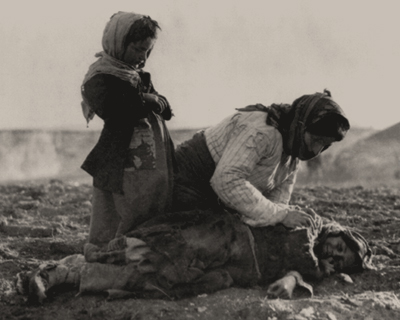
Secondly, the deportation of women, children, the elderly and infirm on death marches leading to the Syrian desert. Given a military escort, the deportees were deprived of food and water and subjected to robbery, rape, and massacre.
Other indigenous and ethnic groups such as the Assyrians, the Ottoman Greeks, and the Maronite Christians were also targeted for extermination by the Ottoman government.
Their treatment is considered by some historians to be part of the same genocidal policy. Most Armenian diaspora communities around the world came into being as a direct result of the genocide.
Turkey denies the word ‘genocide’ as an accurate term for the mass killings of Armenians that began under the Ottoman rule in 1915. In recent years it has faced repeated calls to recognize it as genocide.
To date, 29 countries, as well as most genocide scholars and historians have officially recognized the mass killings as genocide.
2 – The Lusitania was Sunk
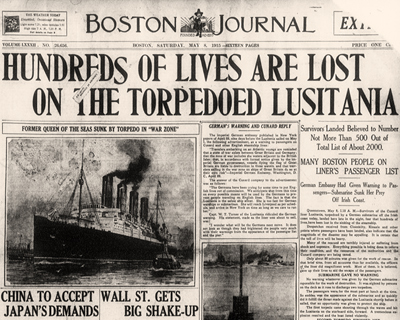
The sinking of the RMS Lusitania occurred on 7 May 1915 during the First World War, as Germany waged submarine warfare against the United Kingdom of Great Britain and Ireland.
The ship was torpedoed by a German U-boat U-20 and sank within 18 minutes. The vessel went down 11 miles off the Old Head of Kinsale, Ireland, killing 1,198 and leaving 761 survivors.
The sinking turned public opinion in many countries against Germany, contributed to the American entry into World War I and became an iconic symbol in military recruiting campaigns of why the war was being fought.
The Lusitania fell victim to torpedo attack relatively early in the First World War, before tactics for evading submarines were properly implemented or understood.
The investigations in both the UK and the United States into the precise causes of the ship’s loss were obstructed by the needs of wartime secrecy and a propaganda campaign to ensure all blame fell upon Germany.
At the time she was sunk, she was carrying many rifle cartridges and non-explosive shell casings, as well as civilian passengers.
Several attempts have been made over the years since the sinking to dive to the wreck seeking information about precisely how the ship sank. The argument continues to the present day.
3 – Germans First Use Poison Gas
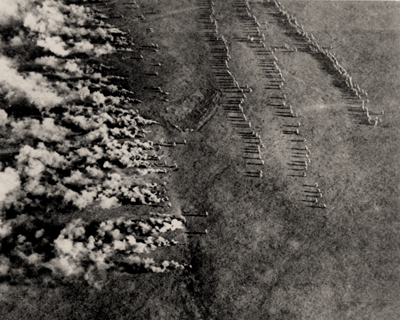
The first large-scale use of gas as a weapon was on 31 January 1915, when Germany fired 18,000 artillery shells containing liquid Xylyl Bromide tear gas on Russian positions on the Rawka River, west of Warsaw, during the Battle of Bolimov.
However, instead of vaporizing, the chemical froze and failed to have the desired effect. The first killing agent employed by the German military was chlorine. Chlorine is a powerful irritant that can inflict damage to the eyes, nose, throat, and lungs.
At high concentrations and prolonged exposure, it causes death by asphyxiation. According to a letter from Major Karl von Zingler, the first chlorine gas attack by German forces took place before 2 January 1915.
He wrote, “In other war theaters it does not go better and it has been said that our Chlorine is very effective. 140 English officers have been killed. This is a horrible weapon …”.
By 22 April 1915, the German Army had 168 tons of chlorine deployed in 5,730 cylinders from Langemark–Poelkapelle, north of Ypres. The Allied governments quickly claimed the attack was a flagrant violation of international law.
Germany argued the Hague treaty had only banned chemical shells, rather than the use of gas projectors. The British expressed outrage at Germany’s use of poison gas at Ypres but responded by developing their own gas warfare capability.
The first use of gas by the British was at the Battle of Loos, 25 September 1915, but this attempt was a disaster.
4 – Execution of Nurse Edith Cavell Causes Outrage
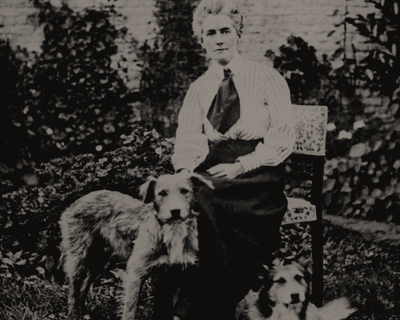
Edith Cavell was a British nurse. She is celebrated for saving the lives of soldiers from both sides without discrimination and in helping some 200 Allied soldiers escape from German-occupied Belgium during the First World War, for which she was arrested.
She was accused of treason, found guilty by a court-martial and sentenced to death.
Despite international pressure for mercy, she was shot by a German firing squad. Her execution received worldwide condemnation and extensive press coverage.
Cavell was 49 at the time of her execution and had been seen as a pioneer of modern nursing in Belgium.
She became an iconic propaganda figure for military recruitment in Britain and helped increase favorable sentiment towards the Allies in the United States.
She was a popular icon because of her sex, her profession, and her apparently heroic approach to death.
Her execution was seen as an act of German barbarism and moral depravity.
5 – Einstein Publishes his General Theory of Relativity
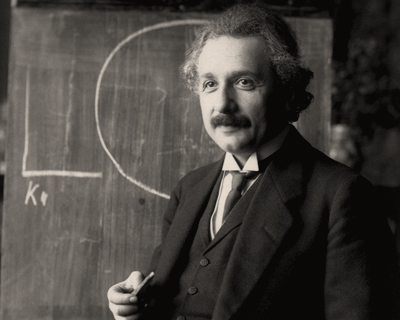
In 1905, Albert Einstein determined that the laws of physics are the same for all non-accelerating observers and that the speed of light in a vacuum was independent of the motion of all observers.
This was the theory of special relativity. It introduced a new framework for all physics and proposed new concepts of space and time.
Einstein then spent the next 10 years trying to include acceleration in the theory and published his theory of general relativity in 1915. In it, he determined that massive objects cause a distortion in space-time, which is felt as gravity.
The theory of relativity is used in many of our modern electronics such as the Global Positioning System (GPS).
GPS systems are made up of three components, the control component, the space component, and the user component.
Since each of the components is in different reference frames, all of the relativistic effects need to be accounted for so that the GPS works with precision. GPS systems work with such precision because of the Theory of Relativity.
6 – The Eastland Disaster
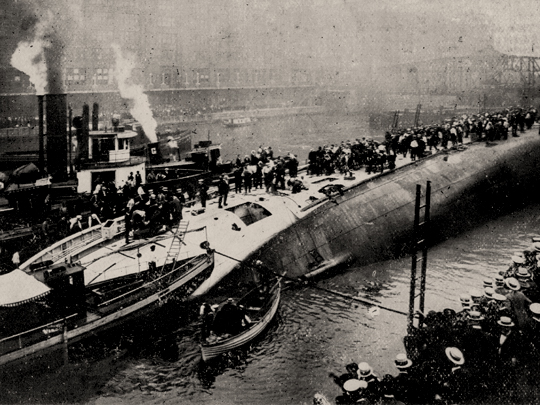
The SS Eastland was a passenger ship based in Chicago and used for tours on the Great Lakes.
On July 24, 1915, the ship rolled over while tied to a dock in the Chicago River.
A total of 844 passengers and crew were killed in what was to become the largest loss of life from a single shipwreck on the Great Lakes.
Following the disaster, the Eastland was salvaged and sold to the United States Navy.
After restorations and modifications, the Eastland was designated as a gunboat and renamed the USS Wilmette.
She was used primarily as a training vessel on the Great Lakes and was scrapped following World War II.


